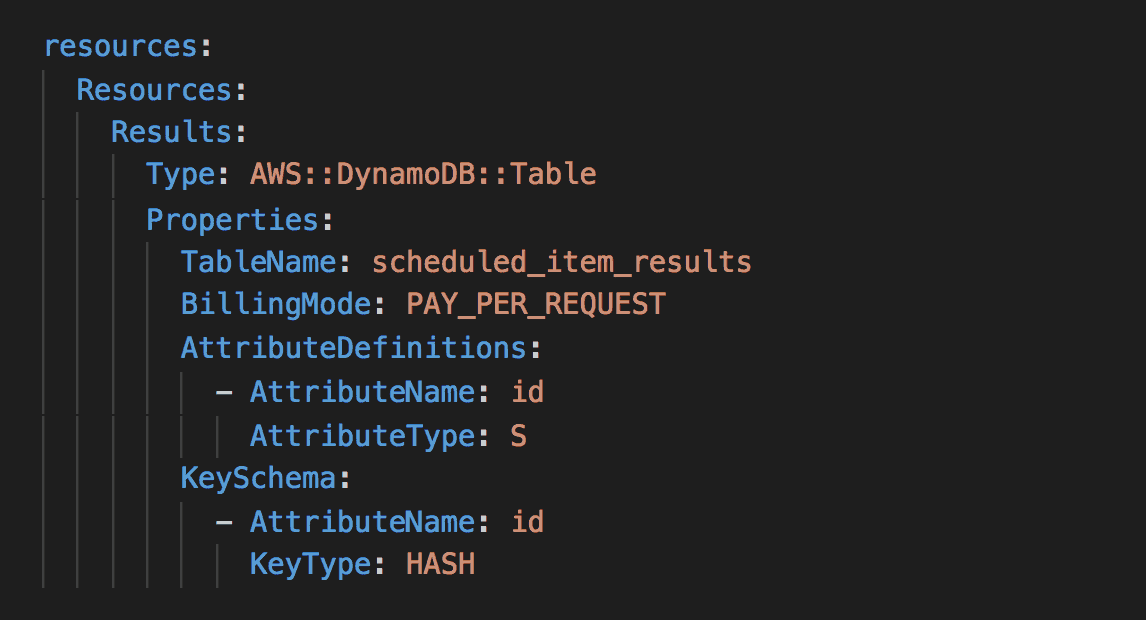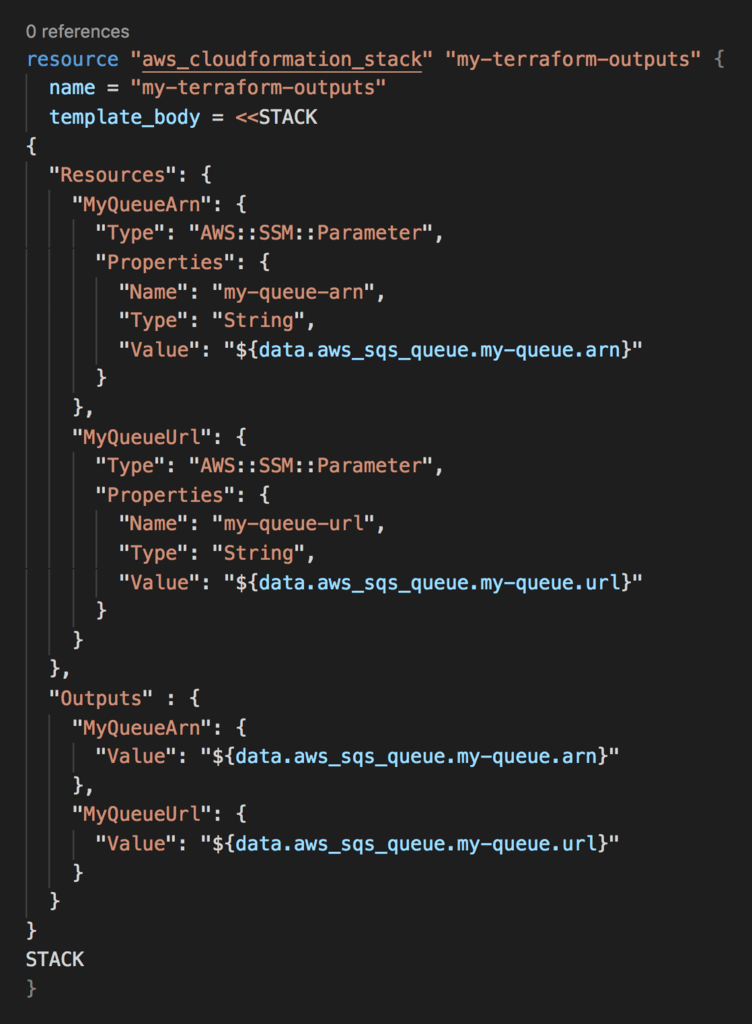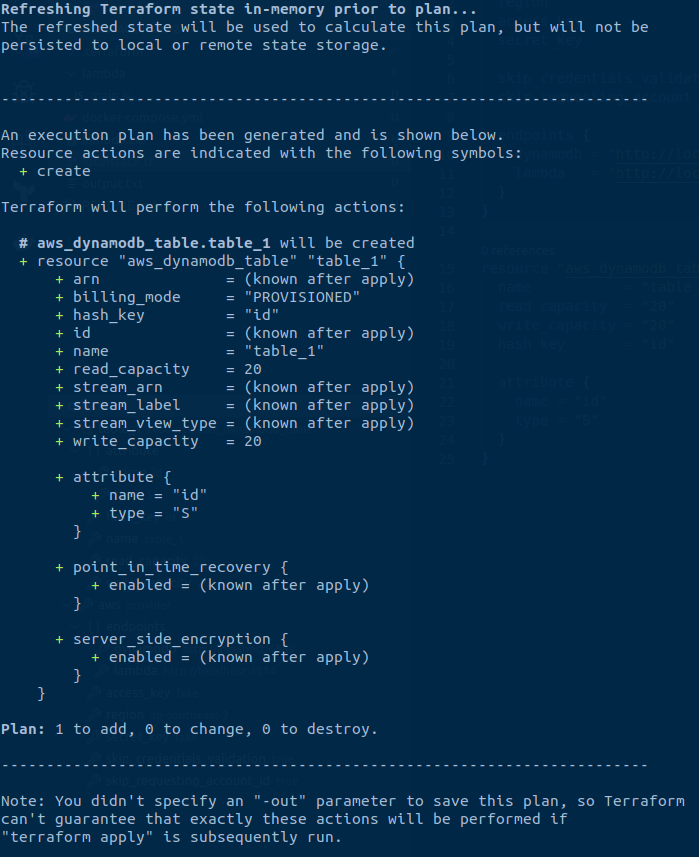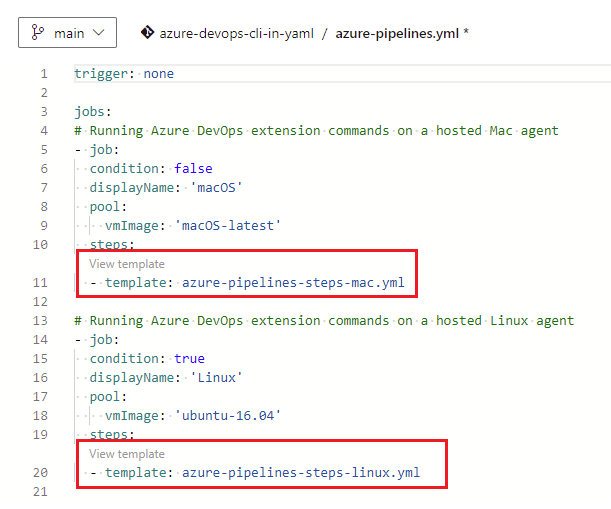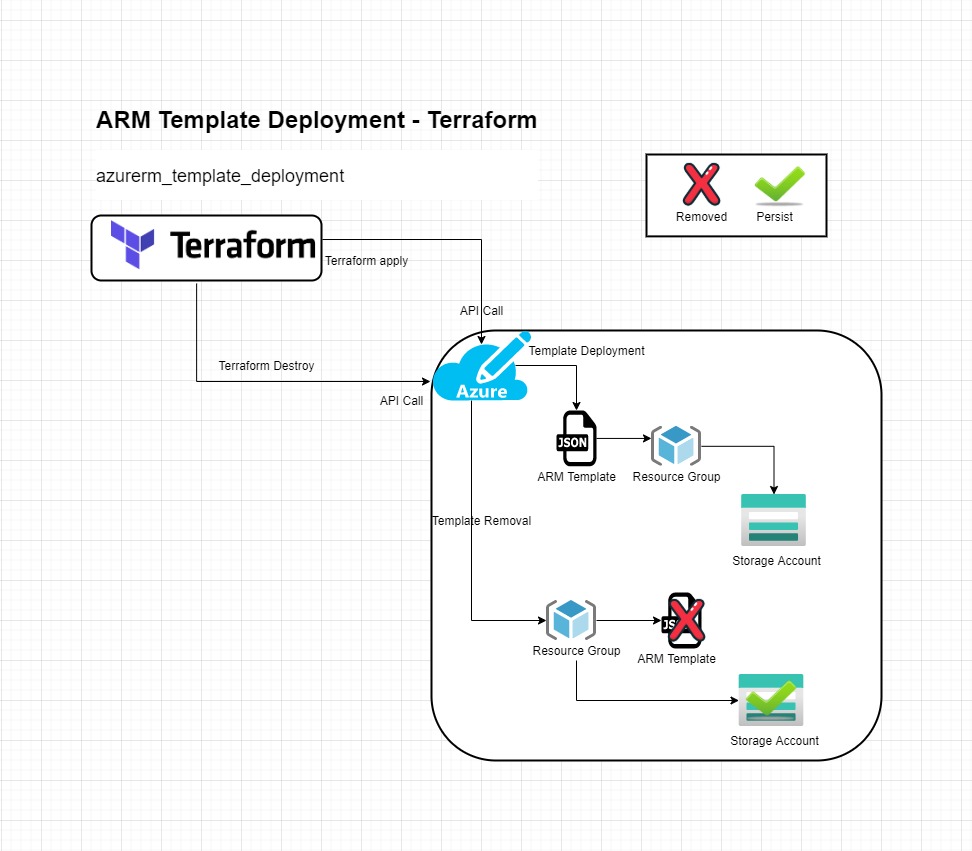Terraform Yaml Template
Terraform Yaml Template - User_data = $ {data.template_file.init.rendered} } The next template shows how to use terraform to deploy a pool of agent vms on which to run\nsubsequent jobs. Among other tings, converting from json to yaml templates is necessary. Web 3 answers sorted by: Web i want to do something like: I have this json template cf_sns.json.tpl file: Sample yaml pipeline for manually approving plans. Don't use heredoc strings to generate json or yaml. To define a custom container image: If the string you want to generate will be in json or yaml syntax, it's often tricky and tedious to write a template that will generate valid json or yaml that will be interpreted correctly when using lots of individual interpolation sequences and directives. The next template shows how to use terraform to deploy a pool of agent vms on which to run\nsubsequent jobs. Web terraform, ci/cd, azure devops, and yaml templates. If the string you want to generate will be in json or yaml syntax, it's often tricky and tedious to write a template that will generate valid json or yaml that will. All other values are interpreted as. Web parameterized yaml template in terraform ask question asked viewed part of aws collective 0 i am about to refactor a couple of code for a business project. The file, schema.yaml, is an overlay to this underlying terraform. I have this json template cf_sns.json.tpl file: You can automatically deploy from the default branch by. For example, a fully functioning pipeline configuration might look like: Sample yaml pipeline for a simple terraform job. Web generating json or yaml. The templatefile function of terraform makes this possible — and in fact very easy to do. User_data = $ {data.template_file.init.rendered} } Sample yaml pipeline for manually approving plans. This function supports a subset of yaml 1.2 , as described below. In the terraform with imported yaml sample, you can see how to import an external workflows.yaml file into your terraform definition: Web a better approach is to keep the workflow definition in a separate yaml file and import that into terraform.. Gitlab terraform template usage project. Web generating json or yaml from a template. User_data = $ {data.template_file.init.rendered} } You can automatically deploy from the default branch by setting the tf_auto_deploy. All other values are interpreted as. Sample yaml pipeline for deploying build agent vms. Web documentation use provider template template_file the template_file data source renders a template from a template string, which is usually loaded from an external file. Web yaml pipeline templates shared across the samples. Web a better approach is to keep the workflow definition in a separate yaml file and import that into. Locals { labels = merge ( var.labels, map ( module, basename (abspath (path.module)), module_version, var.module_version ) ) prometheus_config = templatefile ($. Sample yaml pipeline for a simple terraform job. # template for initial configuration bash script data template_file init { template = $ {file (init.tpl)} vars = { consul_address = $ {aws_instance.consul.private_ip} } } # create a web server resource. Web i am in terraform 14 and i am trying to add labels to my template file which should generate a yaml: The next template shows how to use terraform to deploy a pool of agent vms on which to run\nsubsequent jobs. Among other tings, converting from json to yaml templates is necessary. To define a custom container image: Gitlab. To define a custom container image: I have this json template cf_sns.json.tpl file: # template for initial configuration bash script data template_file init { template = $ {file (init.tpl)} vars = { consul_address = $ {aws_instance.consul.private_ip} } } # create a web server resource aws_instance web { #. Web at the top level are the core terraform components in the. Web i am in terraform 14 and i am trying to add labels to my template file which should generate a yaml: Web to manage your infrastructure with gitlab, you can use the integration with terraform to define resources that you can version, reuse, and share: The templatefile function of terraform makes this possible — and in fact very easy. Web terraform, ci/cd, azure devops, and yaml templates. User_data = $ {data.template_file.init.rendered} } The next template shows how to use terraform to deploy a pool of agent vms on which to run\nsubsequent jobs. I have this json template cf_sns.json.tpl file: For example, a fully functioning pipeline configuration might look like: Don't use heredoc strings to generate json or yaml. Sample yaml pipeline for deploying build agent vms. Web a better approach is to keep the workflow definition in a separate yaml file and import that into terraform. All other values are interpreted as. Web yaml pipeline templates shared across the samples. Web template_file is used when you have some file you want to transfer from your machine to provisioning instance and change some paramaters according to that machine. Web # this file decodes the yaml file and makes it into a terraform map than can then be used with for_each statements locals { sqs_queues = yamldecode(file($ {path.root} /conf/sqs/$ {var.config_file} ))[ queues] # this converts all the queues into a list of maps # i.e the list looks as follows #[# {# access_policy = basic # env. 11 i've just found (after crafting a small terraform module to test templatefile output only) that the original config does work (at least in tf v0.12.29 ). To define a custom container image: If the string you want to generate will be in json or yaml syntax, it's often tricky and tedious to write a template that will generate valid json or yaml that will be interpreted correctly when using lots of individual interpolation sequences and directives. Web to manage your infrastructure with gitlab, you can use the integration with terraform to define resources that you can version, reuse, and share: Web data jinja_template render { // inlined or path to a template // if inlined, filesystem calls won't behave as expected template = $ {path.module}/src/template.j2 context { // either yaml or json type = yaml // can be either a path or inline data = $ {path.module}/src/context.yaml } // is a list of either a path or inline, or both. Web at the top level are the core terraform components in the file, variables.tf, which contains all the variables needed for the stack, iam.tf, which contains iam policy, and main.tf, which has the core terraform code for deploying each module. Web 3 answers sorted by: # template for initial configuration bash script data template_file init { template = $ {file (init.tpl)} vars = { consul_address = $ {aws_instance.consul.private_ip} } } # create a web server resource aws_instance web { #.Customized Terraform Template to Deploy JFrog Artifactory Enterprise
Making Terraform and Serverless framework work together
Making Terraform and Serverless framework work together by Yan Cui
Yaml Tutorial For Azure Devops Tutorial
GitHub cloudposse/terraformyamlconfig Terraform module to convert
A guide to localstack (part 2) Deploying resources with Terraform
Terraform + Yaml, a dream come true? Hashiconf lightning talk YouTube
YAML 管線編輯器指南 Azure Pipelines Microsoft Learn
Information Technology Infrastructure Management Terraform Azure ARM
Writing about tech and anything else I find interesting
Related Post:

